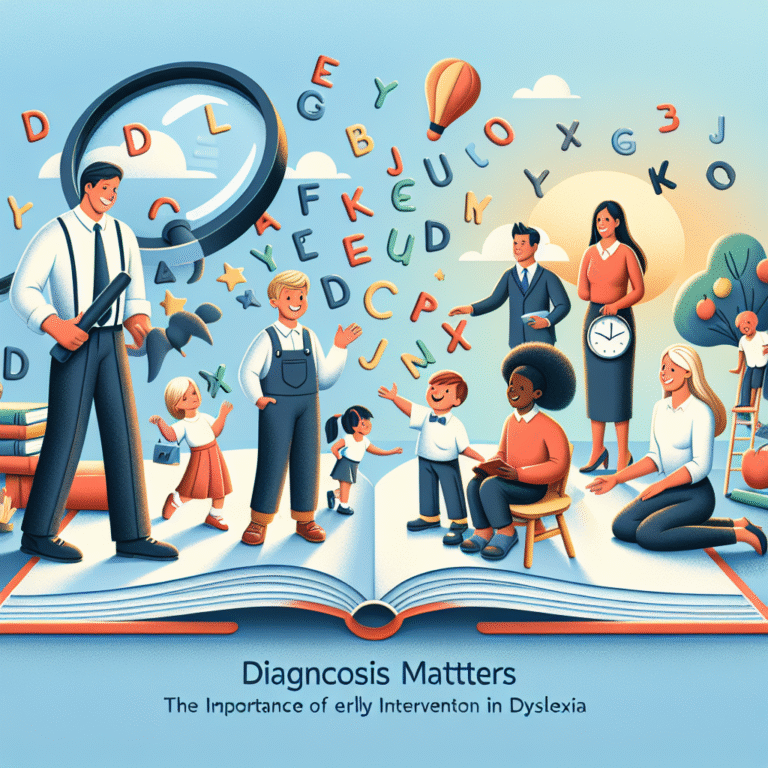
From Fury to Focus: Using Mindfulness to Control Anger – The Ultimate Guide
Introduction
Anger is a powerful emotion. It can ignite passions and fuel motivation, but when it spirals out of control, it often leads to destructive behaviors and strained relationships. As the world becomes increasingly fast-paced and stressful, learning to manage anger is more critical than ever. This transformation from fury to focus is not just a poetic notion; it is an achievable reality through the practice of mindfulness. This article explores the journey of harnessing mindfulness to control anger effectively, providing valuable insights and proven techniques to cultivate a calmer, more focused mind.
Understanding Anger
What Is Anger?
Anger is a natural response to perceived threats or injustices. It is a primal emotion that can catalyze action, signal distress, and protect oneself. However, unchecked anger can lead to a host of problems including mental health issues, interpersonal conflict, and negative health outcomes.
The Science Behind Anger
Research indicates that anger triggers a cascade of physiological responses, including increased heart rate and release of adrenaline. While these reactions can prepare us for "fight or flight" situations, they can be detrimental when they occur in everyday situations, leading to impulsivity and poor decision-making.
Mindfulness: The Key to Regulation
What Is Mindfulness?
Mindfulness is the practice of being fully present in the moment, with an attitude of openness, acceptance, and non-judgment. It has gained widespread recognition as an effective tool for emotional regulation, including anger management.
The Connection Between Mindfulness and Anger
Research suggests that regular mindfulness practice can reduce aggressive thoughts and behaviors by enhancing self-awareness and emotional regulation. Mindfulness allows individuals to recognize the early signs of anger and respond thoughtfully rather than reacting impulsively.
From Fury to Focus: Using Mindfulness Techniques
1. Breathing Exercises
Case Study: Sarah, a marketing executive, struggled with anger in high-pressure work situations. After incorporating mindful breathing into her routine, she noticed a significant reduction in her impulsiveness during tense meetings.
How It Works: By focusing on the breath, you cultivate a grounded awareness. Techniques like the 4-7-8 breathing can help slow the heart rate and induce calmness.
Simple Steps:
- Inhale for 4 seconds.
- Hold for 7 seconds.
- Exhale for 8 seconds.
2. Body Scan Meditation
Case Study: Jake, an athlete, often found himself frustrated and angry during competitions. Practicing a body scan meditation helped him to identify bodily sensations associated with anger and to release tension consciously.
How It Works: This practice helps promote awareness of physical sensations and contributes to better emotional regulation by encouraging individuals to confront discomfort without judgment.
Simple Steps:
- Lie down comfortably.
- Gradually bring attention to each part of the body, noticing any tension or discomfort.
- Breathe into the areas of tension and consciously release it.
3. Mindful Journaling
Case Study: Lily experienced chronic anger from unresolved life stressors. By journaling her thoughts mindfully, she gained clarity on her emotions and recognized patterns in her anger triggers.
How It Works: Writing down thoughts and feelings encourages reflection and understanding, enabling individuals to respond thoughtfully to anger triggers instead of reacting impulsively.
Simple Steps:
- Set aside time each day to write about feelings.
- Focus on exploring triggers and responses.
- Reflect on patterns that may contribute to emotional responses.
4. Visualization Techniques
Case Study: Mark, a teacher, faced daily frustrations from student behavior that led to anger outbursts. Visualization techniques helped him imagine peaceful responses to stressors, ultimately transforming his classroom environment.
How It Works: Visualization allows individuals to mentally rehearse responses to anger-inducing situations, shifting focus from reactive responses to constructive ones.
Simple Steps:
- Find a quiet space and close your eyes.
- Visualize a triggering situation.
- Imagine a calm, focused response.
5. Setting Boundaries
Case Study: Emma often felt overwhelmed by the demands of her friends and family, leading to irritability and short tempers. Learning to set respectful boundaries helped her maintain her emotional well-being and control her anger.
How It Works: Clear boundaries prevent emotional exhaustion and promote healthier relationships. Mindfulness helps individuals recognize personal limits and articulate them thoughtfully.
Simple Steps:
- Identify personal limits and needs.
- Communicate those boundaries respectfully and assertively.
- Practice self-compassion when enforcing those boundaries.
Overcoming Challenges in Mindfulness Practice
Common Obstacles
Starting with mindfulness can be challenging, as individuals may face distractions, impatience, or skepticism about its efficacy in controlling anger.
Strategies to Stay Committed
- Consistency: Establish a regular practice schedule.
- Patience: Understand that progress may be gradual.
- Community: Join mindfulness groups or online communities for motivation and support.
Conclusion
Transforming from fury to focus through mindfulness is not merely a dream; it is a reachable goal that reaps substantial benefits for mental and emotional health. By actively engaging in practices like breathing exercises, journaling, and body scans, anyone can learn to harness the power of mindfulness to control anger. The journey is personal, and while it may have its challenges, the rewards are truly profound. Start today, and embrace the calm within the storm.
FAQs
1. Can mindfulness really help with chronic anger issues?
Absolutely! Mindfulness promotes awareness and emotional regulation, making it an effective tool for managing chronic anger.
2. How long does it take to see results from mindfulness practice?
Results can vary, but many individuals report feeling some improvements in emotional regulation within weeks of consistent practice.
3. What if I don’t have time to practice mindfulness daily?
Even short practices, such as mindful breathing lasting a few minutes, can be effective. It’s about quality over quantity.
4. Can mindfulness be practiced with professional therapy?
Yes, many therapists incorporate mindfulness into their treatment plans, enhancing the overall therapeutic process.
5. Is mindfulness suitable for everyone?
While mindfulness can benefit many, individual experiences may vary. It’s essential to explore different practices to find what resonates with you.
With the intended keyword "From Fury to Focus: Using Mindfulness to Control Anger" interwoven seamlessly throughout the discussion and practical wisdom presented, the article aims to educate and inspire readers on this transformative journey. By committing to mindfulness, navigating anger becomes not just possible, but a pathway toward a more fulfilled and peaceful life.
















